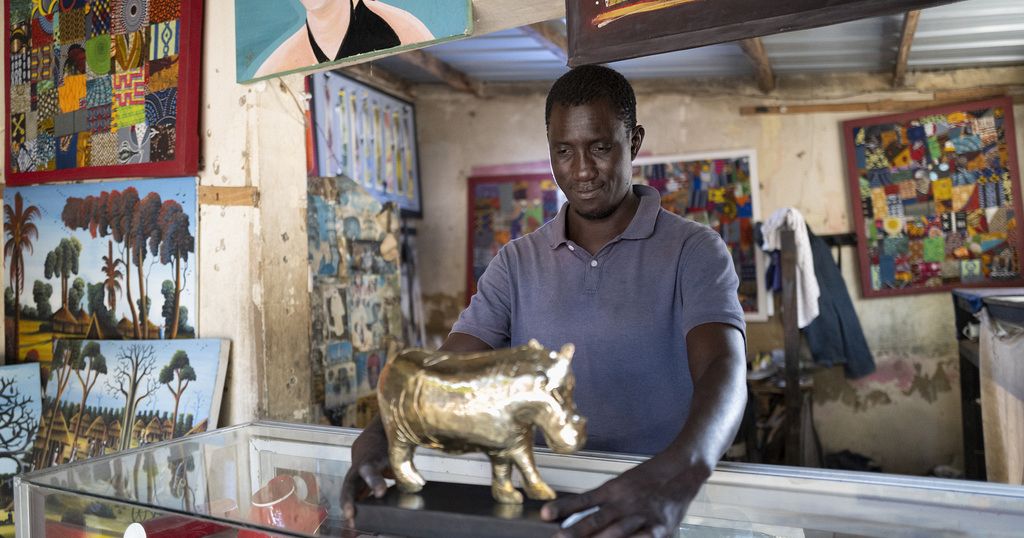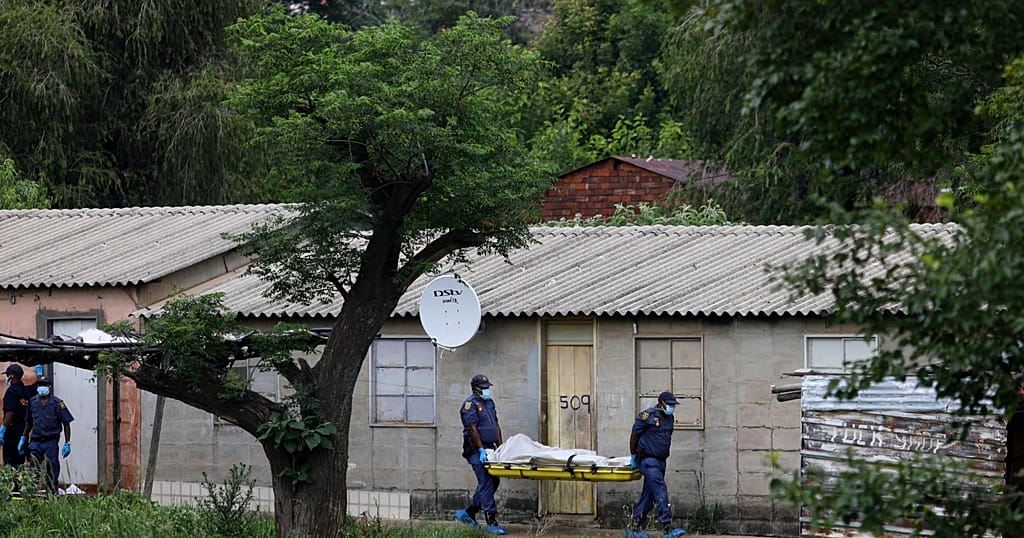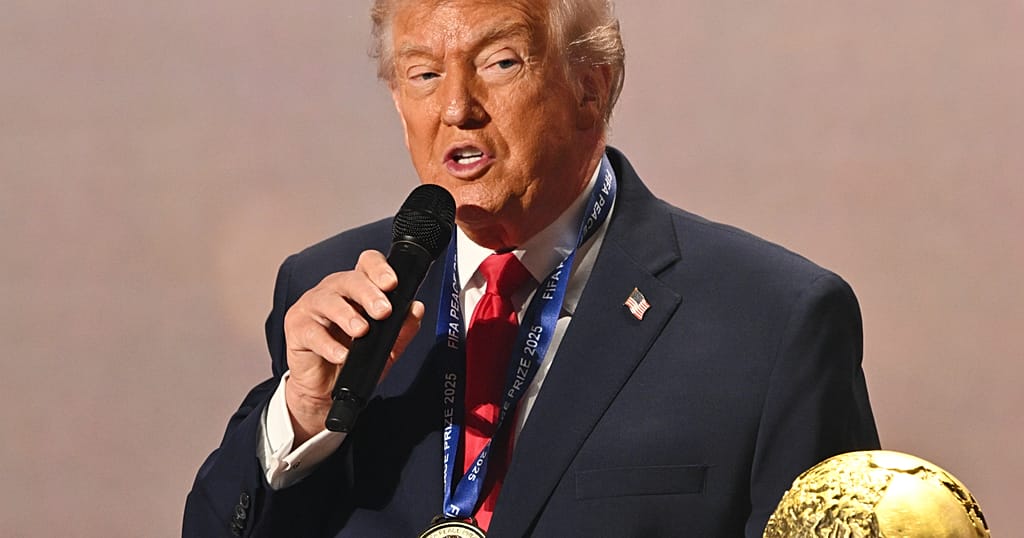Hippopotamus theme arrives at Dakar Biennale

Here in Dakar’s artisan village, craftsmen are hard at work
Senegal, like most African nations, has little capacity for industrial production, and traditionally much of its economy has relied on locally produced goods.
Craftsmanship is deeply rooted in the country’s culture.
“Sculpting has importance in Senegalese society. It’s an art. Art has been in Africa for a long time. For centuries we’ve been making art. There are religions where the statues we make are part of the religion, they honor them,” explains Papis Kante, a 45-year-old sculptor.
Every two years, hundreds of artists, curators and art lovers from across the world descend on Dakar for the month-long Biennale of Contemporary African Arts.
The event was founded in 1989 by the Senegalese government and has over the decades become one of the most important showcases on the continent.
Pop-up exhibitions are held in hundreds of venues, from stylish five-star hotels to local art galleries.
But it wasn’t until this year that the local craftsmen in the Soumbedioune artisan village, just off the Corniche and on the doorstep of the working-class neighborhood of Medina, realized what the Biennale was.
Two Senegalese curators approached Kante and other local artisans with a proposal for a joint exhibition to run during the Biennale.
Kante jumped at the chance to be involved, saying the invitation gives him hope for the future.
“Every artist wants to get better, so that in the future, we will be satisfied with our work and exhibit all over the world,” he says.
Moussa Diop, an artisan jeweler, was also invited to be part of the exhibition.
“It’s the first time I’ve exhibited at the biennale. I am really happy and it’s really important for me. I’ve seen what it’s doing for me. I hope next year we do even better, and that all the artisans will be happy,” he says.
Khadim Ndiaye is one of the two curators to come up with the idea for the exhibition.
He and fellow curator Kemi Bassene asked five artisans – a sculptor, a painter, a jeweler, a leatherworker and an upholsterer – to interpret the theme of “hippo.”
They chose the theme because it was easily recognizable across the continent.
“The hippopotamus is an animal that communities who live close to water know very well, and it’s something that brings people together, and we are using as something to bring these craftsmen together. It is has also become something like this for people who live near water, who we call Dandemayo in Africa” says Ndiaye.
The exhibition includes hippo earrings and hippo necklaces; a giant wooden sculpture of a sleeping hippo; and a hippo-shaped bag, among other hippo-themed items.
For Bassene – who grew up in Medina, but is now based in Paris – it was important to put the spotlight on Senegalese artistic tradition.
“To give craftsmen visibility in this biennale is completely normal. We should ask ourselves instead why it wasn’t done before,” he says.
The exhibition, held in the central square of Soumbedioune, surrounded by artisanal boutiques and restaurants selling thieboudienne, the most famous Senegalese dish, has been a hit among locals.
The Dakar Biennale of Contemporary African Arts runs until Saturday, 7 December.
Source: Africanews















